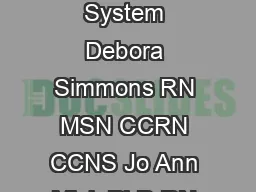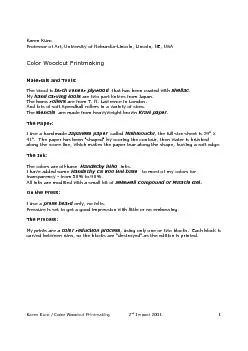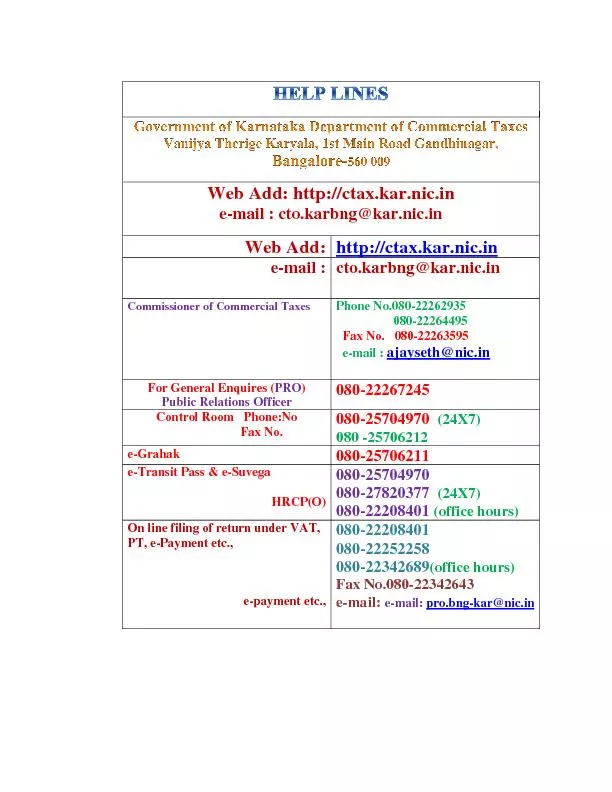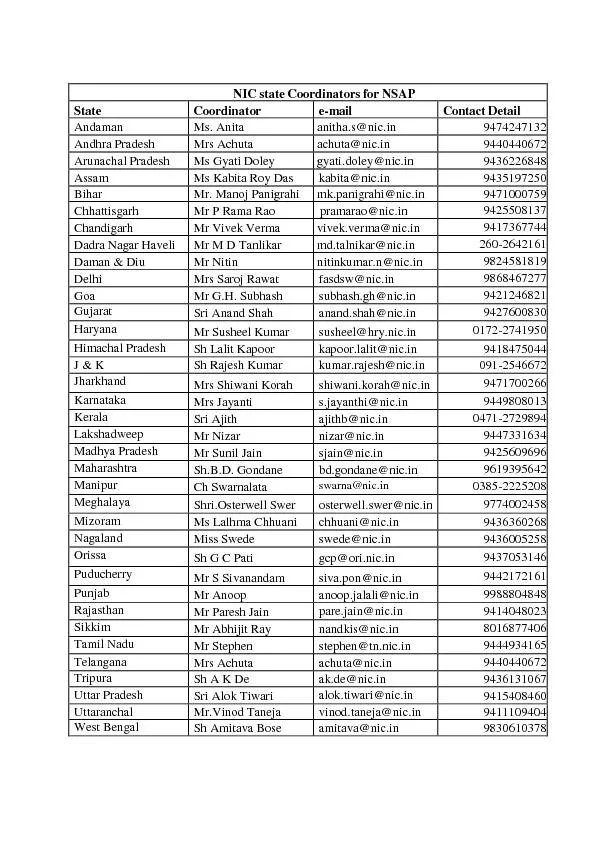PPT-Karen Fugate BSN RNC-NIC, CPHQ
Author : tawny-fly | Published Date : 2016-08-05
Theory of Unpleasant Symptoms Practice specialty perspective Personal clinical focus areas Women and Childrens Services Currently working with LampD Postpartum
Presentation Embed Code
Download Presentation
Download Presentation The PPT/PDF document "Karen Fugate BSN RNC-NIC, CPHQ" is the property of its rightful owner. Permission is granted to download and print the materials on this website for personal, non-commercial use only, and to display it on your personal computer provided you do not modify the materials and that you retain all copyright notices contained in the materials. By downloading content from our website, you accept the terms of this agreement.
Karen Fugate BSN RNC-NIC, CPHQ: Transcript
Download Rules Of Document
"Karen Fugate BSN RNC-NIC, CPHQ"The content belongs to its owner. You may download and print it for personal use, without modification, and keep all copyright notices. By downloading, you agree to these terms.
Related Documents














